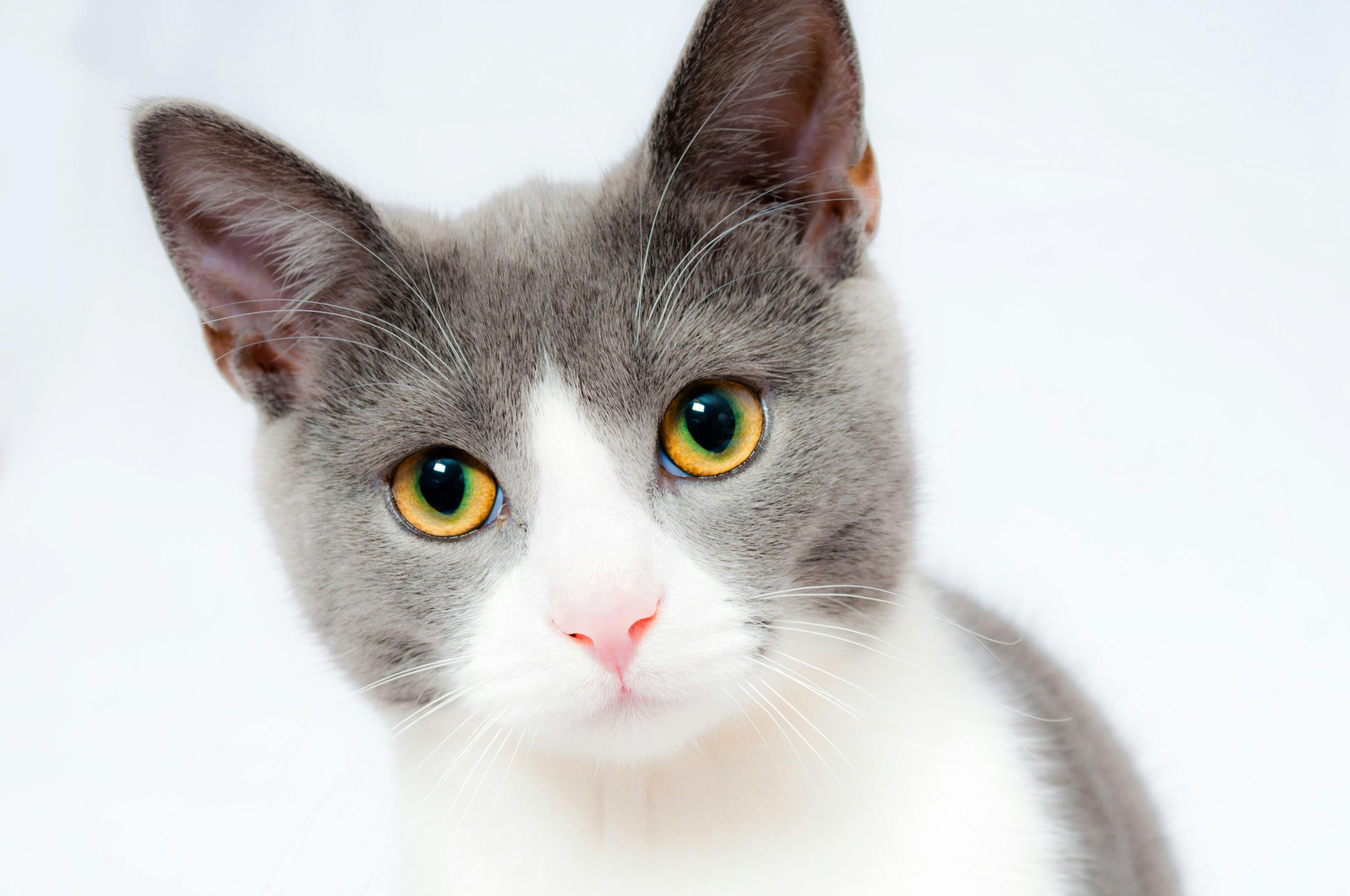What’s the Best Way to Prevent Hairballs in Long-haired Cat Breeds?

Cats are well-known for their impeccable grooming habits. Out of all the pets that share our lives, it’s the feline species that spend the most time ensuring their fur coats are sleek, shiny, and in excellent condition. However, this meticulous grooming can sometimes lead to a distressing consequence: hairballs. This common issue can be particularly prevalent in long-haired cat breeds, making it a significant concern for pet owners.
Understanding what hairballs are, how they affect your cat’s health, and most importantly, how to prevent them, is essential for maintaining your cat’s digestive tract health. In this article, we will delve into these topics and provide handy tips to help you look after your long-haired feline friends.
En parallèle : What Are the Best Low-Impact Exercises for Senior Dogs with Arthritis?
Understanding Hairballs
Let’s start by defining a hairball. As cats groom, they ingest loose hair. Most of this hair passes through the digestive tract and is expelled through the feces. However, some hair may accumulate in the stomach or intestines, forming a clump known as a hairball.
While hairballs are a common occurrence in cats, that doesn’t make them any less concerning for pet owners. If not properly addressed, hairballs can lead to blockages in the digestive tract, posing serious health risks. In long-haired breeds, the risk of developing hairballs is significantly higher due to their longer and thicker fur.
A lire en complément : How to Train a Dog to Assist with Mobility for a Physically Challenged Owner?
The Impact of Hairballs on Your Cat’s Health
When it comes to your cat’s health, hairballs are more than just a nuisance. They can lead to a variety of problems. The most immediate concern is the discomfort your cat feels when they try to vomit or pass a hairball.
In more severe cases, hairballs can cause an intestinal blockage. This is a serious condition that can be life-threatening if not treated promptly. Symptoms include prolonged vomiting, reduced appetite, constipation, abdominal pain and lethargy. If you notice any of these signs, you should consult your vet immediately.
Hairballs can also influence the overall health of your cat. Constant vomiting can lead to dehydration and weight loss. Additionally, a cat suffering from frequent hairballs may not get all the nutrients they need from their food, which could negatively affect their overall well-being.
Grooming Practices to Prevent Hairballs
Proper grooming is key in preventing hairballs. Regular brushing reduces the amount of loose hair that your cat can ingest during self-grooming. For long-haired breeds, daily brushing is often recommended.
Using a brush designed for long-haired cats could make a significant difference. These brushes are designed to remove loose hair efficiently, preventing it from accumulating in your cat’s stomach and intestines.
However, grooming isn’t just about brushing. Bathing your cat periodically can also help to remove excess hair. While many cats aren’t fond of water, they usually tolerate bathing well if it’s introduced gradually and done with care.
The Role of Diet in Hairball Prevention
The food your cat consumes can also play a role in preventing hairballs. There are cat foods specifically designed to help control hairballs. These foods contain high levels of fiber, which can help to improve digestion and reduce the risk of hair forming into a ball in the digestive tract.
Fiber-rich diets can help in moving the hair through the digestive system and preventing it from clumping. This type of food is often labelled as ‘hairball control’ or ‘hairball prevention’ food.
It’s also important to ensure your cat drinks enough water. Dehydration can worsen the problem of hairballs, as it can slow down the movement of hair through the digestive tract. Providing multiple water sources and encouraging drinking by incorporating wet food into the diet can help.
When to Seek Vet Help
While hairballs are usually harmless, if they become too large or frequent, they can cause serious health problems. If home remedies and hairball control diets aren’t enough, it may be time to seek help from a vet.
It’s essential to remember that frequent hairballs are not a norm, even in long-haired breeds. If your cat has been vomiting hairballs more than usual, it’s worth discussing this with your vet. Your vet can examine your cat, rule out underlying health issues, and recommend the best course of action to manage and prevent hairballs.
By understanding the cause and impact of hairballs, implementing grooming practices, selecting the right diet, and knowing when to seek professional help, you can effectively manage this common issue. Remember, prevention is always the best approach when it comes to your pet’s health.
Additional Steps to Mitigate Cat Hairballs
Beyond grooming and diet, there are other steps you can take to help prevent hairballs in your long-haired cat.
Firstly, consider giving your cat a hairball remedy or a cat hairball product designed to prevent the formation of hairballs in the digestive tract. These products often contain ingredients that can help the ingested hair pass through the digestive system more easily. Pet supply stores typically stock a variety of hairball remedies, ranging from gels to chews to treats.
Keep in mind that not all products will work for every cat. It’s beneficial to try different products to find one that works well for your individual pet. But remember, these should be used as a supplement to regular brushing and a healthy diet, not a replacement.
Secondly, ensure your cat has a stimulating environment. Cats groom less when they are occupied with activities. Interactive toys, climbing trees, and regular playtime with you can help keep your cat engaged, reducing the time they spend grooming and thus decreasing the chance of forming hairballs.
Lastly, hydration is key. As mentioned earlier, dehydration can slow down your cat’s digestive system, potentially leading to hairballs. Encourage your cat to drink more water by providing multiple water sources around the house. You can also invest in a cat drinking fountain, which many cats prefer as the running water mimics a natural source.
In Summary: Your Role in Preventing Hairballs in Long-haired Cats
Preventing hairballs in long-haired cats involves understanding the problem, implementing effective grooming practices, providing a fiber-rich diet, giving hairball remedies when necessary, ensuring a stimulating environment, and maintaining hydration levels.
Regular brushing is essential to remove loose hair before your cat ingests it. Specialized brushes are available to make this task more effective. In addition to brushing, occasional bathing can also help to eliminate excess hair.
Diet also plays a significant role in hairball control. Feeding your cat fiber-rich food labeled as ‘hairball control’ or ‘hairball prevention’ can help improve digestion and prevent hair from clumping in the digestive tract. Ensuring your cat has enough water is also vital, as dehydration can make hairball formation more likely.
While most hairballs are harmless, it’s crucial to monitor your cat’s health. Frequent hairballs are not typical, even for long-haired breeds. If you notice your cat vomiting more than usual, it’s time to consult with your vet. Your vet can help identify any underlying issues and provide guidance on the best way to manage and prevent hairballs.
By taking these steps, you can help your long-haired cat maintain a healthy coat and a healthy digestive tract, reducing the risk of hairballs. Remember, prevention is far better than dealing with blockages or other health issues caused by hairballs. Your cat will thank you for the extra care and attention, and you’ll enjoy the peace of mind knowing you’re doing everything you can to prevent hairballs.
